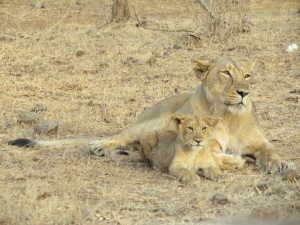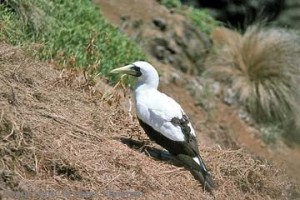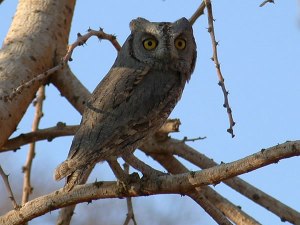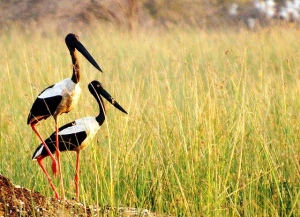The cub that had gone missing ever since the body of his mother was shifted from the forest has been traced and is under constant watch by the department. The cub will soon find a new family.
At present the cub is showing signs of post traumatic syndrome and running away from foresters. It was doing so even on seeing Rana Madi, who was led to the dead mother by this 18 – month old cub. Officials following the developments said they want to cage the cub and carry out a health check before allowing it to move around on its own or be released in another group.
On Saturday, foresters had the carcass of an 11- year old lioness, who had been gored to death by a buffalo herd. The carcass was found by a beat guard who had been led to the dead mother by an 18- month old cub.
Forest officials were surprised by this unprecendented incident, which was confirmed by the postmortem report. the postmortem pointed to the lioness having multiple fractures in her ribs and that she had died of an intestinal hemorrhage.
However, as the cub and mother were alone, the forest department will ensure a safe release of the cub in another group. “ we have in the past carried out such safe releases and orphan cubs have been accepted. The release is mostly done in groups that have cubs of the same age, so that the orphan is easily accepted”, says deputy conservator of forests Anshuman Sharma.
He said that the dead lioness had two cubs, one of which had died seven months ago.
“The department has identified a couple of groups in Khambha and Jambudi area and once the cub is caged it will get a safe monitored release in one of these groups,” said Sharma.
The officials said the department was observing the behavior of the groups identified before the cub can be released.
Courtesy - Times Of India




